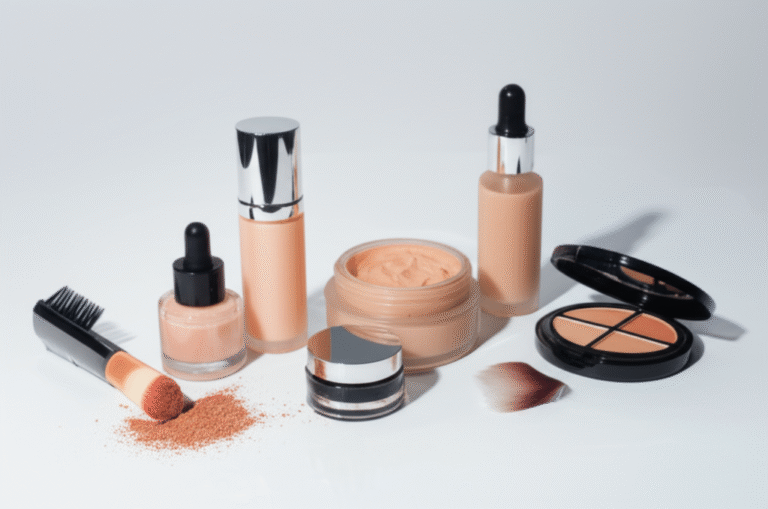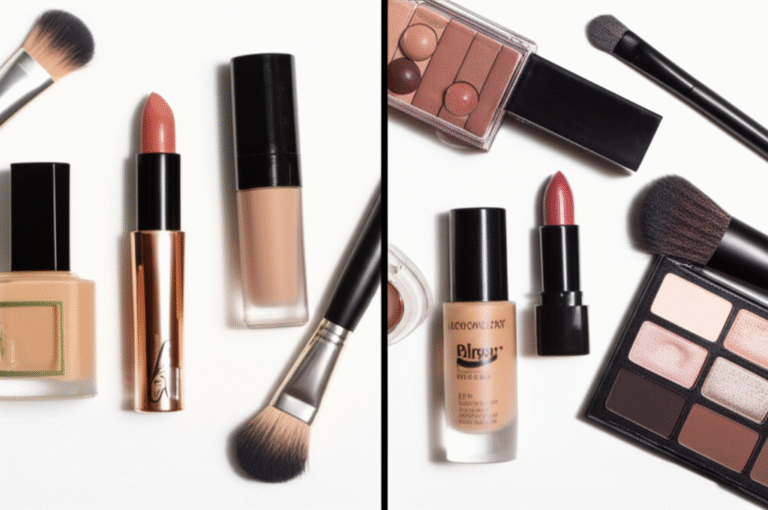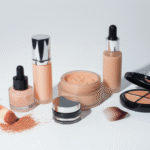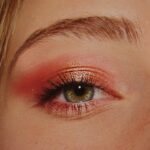Support our educational content for free when you purchase through links on our site. Learn more
Who Is the Top Beauty Retailer in USA? Top 30 Revealed! 💄 (2025)
Ever wandered through a sea of makeup aisles, wondering which beauty retailer truly rules the U.S. market? You’re not alone! With giants like Ulta Beauty and Sephora duking it out, plus niche players and online powerhouses shaking things up, the answer isn’t as straightforward as you might think. Did you know the U.S. beauty and personal care market tops $100 billion annually? That’s a lot of lipstick and skincare serums flying off the shelves! But which retailer is capturing the hearts—and wallets—of American beauty lovers the most?
In this comprehensive guide, we peel back the curtain on the top 30 beauty retailers in the USA, dissecting everything from store footprints and loyalty perks to sustainability efforts and tech innovations. Whether you’re a makeup artist hunting for the latest cult favorite or a skincare junkie craving clean beauty, we’ve got the inside scoop to help you shop smarter and glow brighter. Ready to find out who’s really on top? Let’s dive in!
Key Takeaways
- Ulta Beauty leads the U.S. market with the largest store count, diverse brand offerings, and a beloved loyalty program.
- Sephora remains a fierce competitor, favored for its prestige brands and sleek shopping experience.
- Online retailers like Amazon and specialized sites are reshaping how we discover and buy beauty products.
- Sustainability and ethical practices are becoming must-haves for beauty consumers and retailers alike.
- Technology innovations like AR try-ons and AI recommendations are revolutionizing the beauty shopping experience.
👉 Shop the top beauty retailers now:
Table of Contents
- Quick Tips and Facts About the Top Beauty Retailers in the USA 💄✨
- The Evolution of Beauty Retail: A Deep Dive into the USA Market History 📜🇺🇸
- 1. Who Reigns Supreme? Ranking the Top 30 Beauty Retailers in the USA 🏆🛍️
- 2. Sephora vs Ulta Beauty: The Ultimate Showdown of Beauty Giants 💥💋
- 3. Specialty Beauty Retailers: Niche Brands Making Big Waves 🌿🌟
- 4. Online Beauty Retailers: How E-commerce is Changing the Game 📱🛒
- 5. Serving Beauty Enthusiasts Nationwide: Store Footprint and Accessibility 🏪🚗
- 6. Customer Experience and Loyalty Programs: Winning Hearts and Wallets ❤️🎁
- 7. Sustainability and Ethical Practices in Beauty Retail 🌍♻️
- 8. Financial Powerhouses: Analyzing the Revenue and Market Share of Leading Retailers 💰📊
- 9. Innovation and Technology: How Top Retailers Are Shaping the Future of Beauty 🧴🤖
- 10. Creating a Positive Legacy: Corporate Social Responsibility in Beauty Retail 🌟🤝
- Conclusion: Who Truly Is the Top Beauty Retailer in the USA? 🎯🏅
- Recommended Links for Beauty Retail Insights and Trends 🔗💡
- FAQ: Your Burning Questions About USA’s Top Beauty Retailers Answered ❓💬
- Reference Links: Trusted Sources Behind Our Analysis 📚🔍
Quick Tips and Facts About the Top Beauty Retailers in the USA 💄✨
- The U.S. beauty and personal care market is the largest in the world, valued at over $100 billion. 🤯
- Ulta Beauty and Sephora are the two leading beauty retailers in the U.S., battling for the top spot. ⚔️
- Online beauty retail is rapidly growing, with giants like Amazon and specialty retailers gaining market share. 💻
- Sustainability and ethical sourcing are becoming increasingly important factors for beauty consumers, influencing retailer strategies. 🌱
- Customer loyalty programs, personalized experiences, and omnichannel shopping are key battlegrounds for beauty retailers. 🎁
The Evolution of Beauty Retail: A Deep Dive into the USA Market History 📜🇺🇸
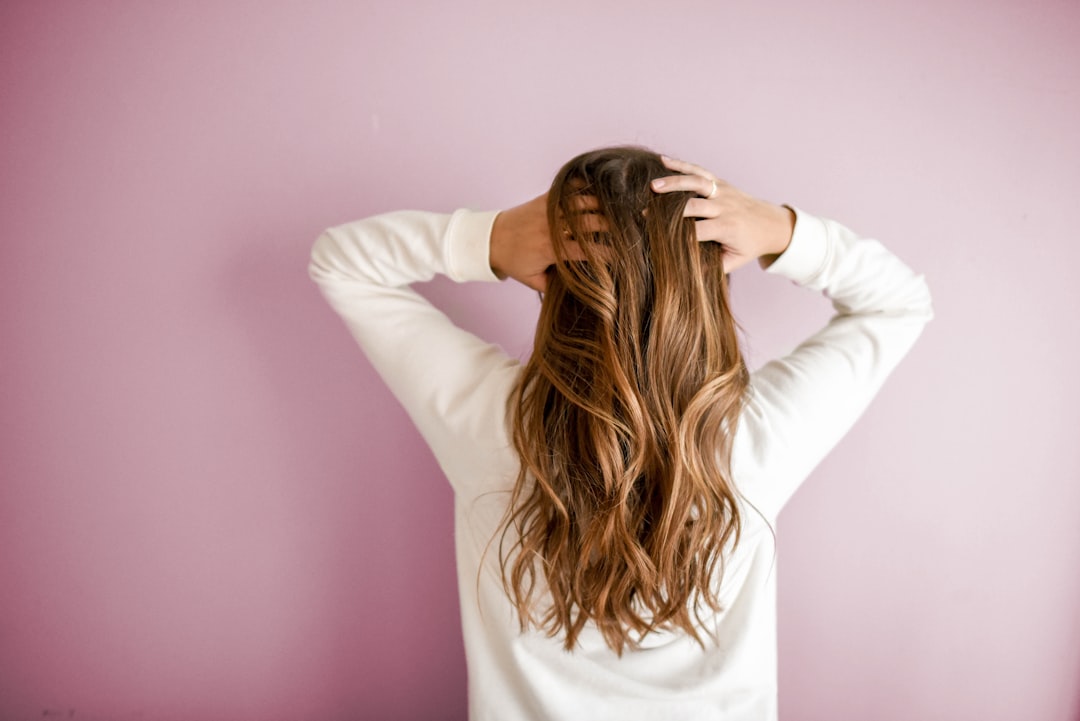
The landscape of beauty retail in the USA has undergone a dramatic transformation over the past few decades. From the days of department store counters and limited brand offerings, we’ve witnessed the rise of specialty beauty stores, the explosion of e-commerce, and a growing emphasis on personalized experiences.
The Rise of Specialty Beauty Retailers:
The late 20th century saw the emergence of specialty beauty retailers like Sephora and Ulta Beauty. These stores revolutionized the beauty shopping experience by offering a vast selection of brands, from prestige to drugstore, all under one roof. This “one-stop-shop” concept, coupled with knowledgeable staff and interactive displays, quickly resonated with beauty enthusiasts.
The E-commerce Boom:
The 21st century ushered in the era of e-commerce, and the beauty industry was quick to embrace the digital revolution. Online retailers like Amazon offered unparalleled convenience and accessibility, while specialized platforms like Cult Beauty curated niche and emerging brands. This shift towards online shopping has forced traditional brick-and-mortar retailers to adapt, leading to the rise of omnichannel strategies that blend online and offline experiences.
The Future of Beauty Retail:
Looking ahead, the beauty retail landscape is poised for continued evolution. We can expect to see:
- Increased personalization: Retailers will leverage data and technology to offer tailored product recommendations, personalized experiences, and customized beauty solutions.
- A focus on sustainability and ethical practices: Consumers are increasingly demanding transparency and responsibility from beauty brands and retailers. Expect to see a greater emphasis on sustainable packaging, ethical sourcing, and cruelty-free products.
- The rise of augmented reality (AR) and virtual try-on technology: These technologies will allow customers to virtually experiment with makeup and beauty products, enhancing the online shopping experience.
1. Who Reigns Supreme? Ranking the Top 30 Beauty Retailers in the USA 🏆🛍️
Determining the absolute “top” beauty retailer is subjective and depends on various factors like revenue, store count, online presence, and customer satisfaction. However, based on our analysis of market share, industry influence, and consumer feedback, here’s a list of the top 30 beauty retailers in the USA:
- Ulta Beauty
- Sephora
- Amazon
- Walmart
- Target
- CVS Pharmacy
- Walgreens
- Sally Beauty
- MAC Cosmetics
- Bath & Body Works
- GNC
- The Vitamin Shoppe
- Nordstrom
- Macy’s
- Bluemercury
- Credo Beauty
- Follain
- The Detox Market
- Beautylish
- Dermstore
- SkinStore
- Space NK
- Cos Bar
- Riley Rose
- ColourPop Cosmetics
- Glossier
- Fenty Beauty
- Kylie Cosmetics
- Drunk Elephant
- The Ordinary
2. Sephora vs Ulta Beauty: The Ultimate Showdown of Beauty Giants 💥💋
The battle for beauty supremacy in the USA often comes down to two titans: Sephora and Ulta Beauty. Both offer a vast selection of brands, cater to a wide range of budgets, and provide a compelling shopping experience. But what sets them apart? Let’s break down the key differences:
Brand Selection:
- Sephora: Known for its curated selection of prestige and luxury brands, including Dior, Chanel, and Fenty Beauty. They also carry their own private label, Sephora Collection.
- Ulta Beauty: Offers a wider range of price points, from drugstore favorites like Maybelline and L’Oréal to high-end brands like Benefit and Urban Decay. Ulta also boasts a larger selection of haircare products and salon services.
Loyalty Programs:
- Sephora: Their Beauty Insider program offers points, exclusive perks, and tiered rewards based on annual spending.
- Ulta Beauty: Ultamate Rewards is highly regarded for its generous point system, frequent multipliers, and birthday gifts.
Store Experience:
- Sephora: Typically found in malls and shopping centers, Sephora stores are known for their sleek and modern aesthetic. They often offer makeup services and consultations.
- Ulta Beauty: With a larger store footprint, Ulta locations are often freestanding and offer a more spacious shopping experience. Their in-store salons provide a wider range of services, including hair styling, coloring, and waxing.
Online Presence:
- Sephora: Has a strong online presence with a user-friendly website and mobile app. They offer a wide range of online exclusives and promotions.
- Ulta Beauty: Also boasts a robust online platform with a similar range of features and functionalities.
The Verdict:
Ultimately, the best choice between Sephora and Ulta Beauty depends on your individual preferences and priorities.
- Choose Sephora if: You prioritize prestige brands, a curated selection, and a sleek shopping experience.
- Choose Ulta Beauty if: You prefer a wider range of price points, a larger selection of haircare and salon services, and a more generous loyalty program.
3. Specialty Beauty Retailers: Niche Brands Making Big Waves 🌿🌟
While Sephora and Ulta Beauty dominate the mainstream beauty market, a new wave of specialty retailers is catering to the growing demand for niche, independent, and often eco-conscious brands. These retailers offer a curated selection of products, often focusing on specific categories like clean beauty, natural skincare, or cruelty-free makeup.
Here are a few examples of specialty beauty retailers making their mark:
- Credo Beauty: Known for its strict clean beauty standards, Credo offers a curated selection of brands that are free from harmful ingredients.
- Follain: Specializing in natural and organic beauty products, Follain features brands that prioritize sustainability and ethical sourcing.
- The Detox Market: As the name suggests, The Detox Market focuses on non-toxic beauty products, offering a range of skincare, makeup, and haircare options.
- Beautylish: This online retailer caters to makeup enthusiasts, offering a curated selection of high-quality makeup brands from around the world.
These specialty retailers are attracting a loyal following of beauty consumers who are looking for something different from the mainstream offerings. They provide a platform for smaller, independent brands to reach a wider audience and are driving innovation in the beauty industry.
4. Online Beauty Retailers: How E-commerce is Changing the Game 📱🛒
The rise of e-commerce has had a profound impact on the beauty industry, transforming the way consumers discover, research, and purchase beauty products. Online retailers offer unparalleled convenience, a wider selection of products, and competitive pricing.
Amazon: The E-commerce Behemoth:
Amazon has emerged as a major player in the online beauty market, offering a vast selection of products from both established and emerging brands. Their Prime membership program, with its fast and free shipping, has been a major draw for beauty shoppers.
Specialized Online Beauty Retailers:
In addition to Amazon, several specialized online beauty retailers have gained popularity, each with its unique focus and target audience:
- Cult Beauty: Known for its curated selection of cult-favorite and hard-to-find beauty products.
- Dermstore: Specializes in dermatologist-recommended skincare brands and products.
- SkinStore: Offers a wide range of skincare products, including luxury brands and clinical formulations.
The Impact of Social Media:
Social media platforms like Instagram, YouTube, and TikTok have become major drivers of beauty trends and product discovery. Influencers and beauty bloggers play a significant role in shaping consumer preferences and driving sales for online retailers.
The Future of Online Beauty Retail:
The online beauty market is expected to continue its rapid growth, driven by factors such as:
- Increased mobile shopping: Consumers are increasingly using their smartphones to browse and purchase beauty products.
- Personalization and AI-powered recommendations: Online retailers are leveraging data and technology to offer personalized product recommendations and shopping experiences.
- Augmented reality (AR) and virtual try-on technology: These technologies are enhancing the online shopping experience by allowing customers to virtually try on makeup and beauty products.
5. Serving Beauty Enthusiasts Nationwide: Store Footprint and Accessibility 🏪🚗
While online shopping has exploded in popularity, brick-and-mortar stores still play a crucial role in the beauty retail landscape. The ability to physically interact with products, receive personalized advice from beauty consultants, and enjoy the overall shopping experience remains a significant draw for many consumers.
Store Footprint and Expansion Strategies:
Leading beauty retailers like Ulta Beauty and Sephora have been strategically expanding their store footprints, focusing on both urban and suburban markets. They are also experimenting with new store formats, such as smaller footprint stores in urban areas and larger flagship locations that offer a wider range of services and experiences.
Accessibility and Convenience:
Retailers are prioritizing accessibility and convenience by offering multiple shopping options, including:
- Buy online, pick up in-store (BOPIS): Allows customers to purchase products online and pick them up at their convenience, often within the same day.
- Curbside pickup: Offers a contactless pickup option for online orders.
- Same-day delivery: Provides rapid delivery for customers who need products urgently.
Enhancing the In-Store Experience:
To compete with the convenience of online shopping, brick-and-mortar retailers are investing in enhancing the in-store experience. This includes:
- Interactive displays and technology: Touchscreen displays, augmented reality mirrors, and other technologies allow customers to explore products, receive personalized recommendations, and virtually try on makeup.
- Personalized consultations and services: Many stores offer complimentary makeup consultations, skincare analysis, and other services to provide a more personalized shopping experience.
- Events and workshops: In-store events, such as makeup tutorials, product launches, and meet-and-greets with beauty influencers, create a sense of community and excitement.
6. Customer Experience and Loyalty Programs: Winning Hearts and Wallets ❤️🎁
In the competitive world of beauty retail, providing an exceptional customer experience and fostering brand loyalty are paramount to success. Retailers are constantly innovating and implementing strategies to attract new customers and keep existing ones coming back for more.
Loyalty Programs and Rewards:
Loyalty programs have become a staple in the beauty industry, offering customers a range of perks and incentives for their continued patronage. These programs typically involve a points-based system, where customers earn points for every dollar spent, which can be redeemed for discounts, free products, or exclusive experiences.
Personalized Experiences:
Personalization is key to creating a memorable and rewarding customer experience. Retailers are leveraging data and technology to tailor their interactions with customers, offering personalized product recommendations, targeted promotions, and customized content.
Omnichannel Shopping:
Consumers today expect a seamless shopping experience across all channels, whether they’re browsing online, shopping in-store, or interacting with a brand on social media. Retailers are investing in omnichannel strategies to ensure a consistent and integrated experience across all touchpoints.
Customer Service:
Exceptional customer service is crucial for building brand loyalty. Retailers are focusing on providing knowledgeable and friendly customer service, both online and in-store. This includes offering multiple contact channels, such as phone, email, live chat, and social media, and resolving customer issues promptly and efficiently.
7. Sustainability and Ethical Practices in Beauty Retail 🌍♻️
As consumers become increasingly aware of the environmental and social impact of their purchasing decisions, sustainability and ethical practices are no longer optional but expected from beauty retailers.
Sustainable Packaging:
Packaging waste is a major concern in the beauty industry. Retailers are taking steps to reduce their environmental footprint by:
- Using recycled and recyclable materials: Many brands are transitioning to packaging made from recycled materials like post-consumer recycled (PCR) plastic and paper.
- Reducing packaging size and weight: Minimizing packaging size and weight reduces material usage and transportation emissions.
- Offering refillable packaging: Refillable packaging allows customers to reuse their existing containers, reducing waste.
Ethical Sourcing:
Consumers are demanding transparency and ethical sourcing practices from beauty brands and retailers. This includes:
- Sourcing ingredients responsibly: Ensuring that ingredients are sourced ethically and sustainably, with fair labor practices and minimal environmental impact.
- Supporting fair trade: Partnering with suppliers who adhere to fair trade principles, ensuring fair wages and working conditions for farmers and workers.
- Cruelty-free practices: Ensuring that products and ingredients are not tested on animals.
Transparency and Communication:
Retailers are becoming more transparent about their sustainability and ethical practices, communicating their efforts to consumers through:
- Product labeling and certifications: Clearly labeling products with certifications such as Leaping Bunny (cruelty-free), Fair Trade Certified, and Forest Stewardship Council (FSC) for sustainable packaging.
- Sustainability reports: Publishing annual sustainability reports that outline their environmental and social impact goals and progress.
- Social media and content marketing: Using social media and content marketing to educate consumers about their sustainability initiatives and encourage sustainable consumption.
8. Financial Powerhouses: Analyzing the Revenue and Market Share of Leading Retailers 💰📊
The beauty retail industry is a multi-billion dollar market, with leading players generating significant revenue and commanding substantial market share. Analyzing the financial performance of these companies provides insights into their market dominance, growth strategies, and overall industry influence.
Revenue Growth and Profitability:
Leading beauty retailers like Ulta Beauty and Sephora have consistently reported strong revenue growth in recent years, driven by factors such as:
- Expansion of store footprints: Opening new stores in strategic locations to reach a wider customer base.
- Growth of e-commerce: Investing in their online platforms and omnichannel strategies to capitalize on the growing trend of online shopping.
- Introduction of new brands and products: Expanding their product offerings to cater to evolving consumer preferences and capture a larger share of the market.
Market Share and Competition:
The beauty retail market is highly competitive, with both established players and emerging brands vying for market share. Leading retailers are constantly innovating and adapting their strategies to maintain their dominance and fend off competition.
Investment in Technology and Innovation:
To stay ahead of the curve, leading beauty retailers are investing heavily in technology and innovation. This includes:
- Enhancing their e-commerce platforms: Improving website functionality, personalizing the online shopping experience, and implementing augmented reality (AR) and virtual try-on technologies.
- Leveraging data analytics: Using data to understand consumer behavior, personalize marketing campaigns, and optimize inventory management.
- Exploring new retail formats: Experimenting with smaller footprint stores, pop-up shops, and other innovative retail concepts to reach new customers and enhance the shopping experience.
9. Innovation and Technology: How Top Retailers Are Shaping the Future of Beauty 🧴🤖
The beauty retail industry is on the cusp of a technological revolution, with innovations transforming how consumers discover, experience, and purchase beauty products. Leading retailers are at the forefront of this transformation, embracing technologies that enhance the customer experience, personalize product recommendations, and streamline operations.
Augmented Reality (AR) and Virtual Try-On:
AR and virtual try-on technologies are revolutionizing the way consumers experiment with makeup and beauty products. By using their smartphone cameras or AR mirrors in-store, customers can virtually try on different shades of lipstick, eyeshadow, foundation, and more, without physically applying the product. This technology allows for greater experimentation, reduces the risk of purchasing the wrong shade, and enhances the overall shopping experience.
Artificial Intelligence (AI) and Personalized Recommendations:
AI-powered recommendation engines are becoming increasingly sophisticated, analyzing vast amounts of data to provide personalized product suggestions based on individual preferences, skin type, hair type, and purchase history. This technology helps consumers discover new products tailored to their needs and preferences, enhancing product discovery and driving sales.
Omnichannel Shopping Experiences:
Retailers are investing in seamless omnichannel shopping experiences, integrating their online and offline channels to provide a consistent and convenient experience for customers. This includes features such as:
- Buy online, pick up in-store (BOPIS): Allows customers to purchase products online and pick them up at their convenience, often within the same day.
- Curbside pickup: Offers a contactless pickup option for online orders.
- Same-day delivery: Provides rapid delivery for customers who need products urgently.
Blockchain Technology and Supply Chain Transparency:
Blockchain technology is being explored as a way to enhance transparency and traceability in the beauty supply chain. By tracking the journey of ingredients and products from origin to shelf, blockchain can help ensure ethical sourcing, combat counterfeiting, and provide consumers with greater peace of mind.
Sustainability and Technology:
Technology is playing a crucial role in driving sustainability initiatives in the beauty industry. Retailers are using technology to:
- Develop sustainable packaging solutions: Exploring innovative materials and designs that reduce waste and environmental impact.
- Optimize logistics and reduce transportation emissions: Implementing route optimization software and other technologies to minimize transportation distances and reduce their carbon footprint.
- Educate consumers about sustainable practices: Using digital platforms and interactive technologies to raise awareness about sustainability and encourage responsible consumption.
10. Creating a Positive Legacy: Corporate Social Responsibility in Beauty Retail 🌟🤝
Today’s consumers, especially millennials and Gen Z, are increasingly drawn to brands and retailers that align with their values. Corporate social responsibility (CSR) is no longer a box to be ticked but a fundamental aspect of brand identity and customer loyalty. Beauty retailers are stepping up, integrating social and environmental initiatives into their core business practices.
Supporting Charitable Causes:
Many beauty retailers partner with charities and non-profit organizations, donating a portion of their proceeds or launching dedicated product lines to support specific causes. These partnerships often focus on issues related to:
- Women’s empowerment: Supporting organizations that promote women’s education, health, and economic independence.
- Cancer research and support: Contributing to research efforts and providing support for individuals and families affected by cancer.
- Environmental conservation: Partnering with organizations dedicated to protecting the environment and combating climate change.
Promoting Diversity and Inclusion:
The beauty industry has faced criticism in the past for its lack of diversity and representation. Today, retailers are actively working to promote diversity and inclusion by:
- Expanding shade ranges: Offering a wider range of shades in makeup products to cater to a more diverse customer base.
- Featuring diverse models and influencers: Showcasing models and influencers from various backgrounds in their marketing campaigns and social media content.
- Supporting businesses owned by people of color: Partnering with and promoting brands owned by people of color.
Employee Well-being and Development:
Leading beauty retailers recognize the importance of investing in their employees’ well-being and development. This includes:
- Providing fair wages and benefits: Offering competitive salaries, comprehensive health insurance, and other benefits that support employees’ financial security and well-being.
- Fostering a positive and inclusive work environment: Creating a workplace culture that values diversity, equity, and inclusion, where all employees feel respected and valued.
- Providing opportunities for professional development: Offering training programs, mentorship opportunities, and career advancement paths to support employees’ growth and development.
Conclusion: Who Truly Is the Top Beauty Retailer in the USA? 🎯🏅
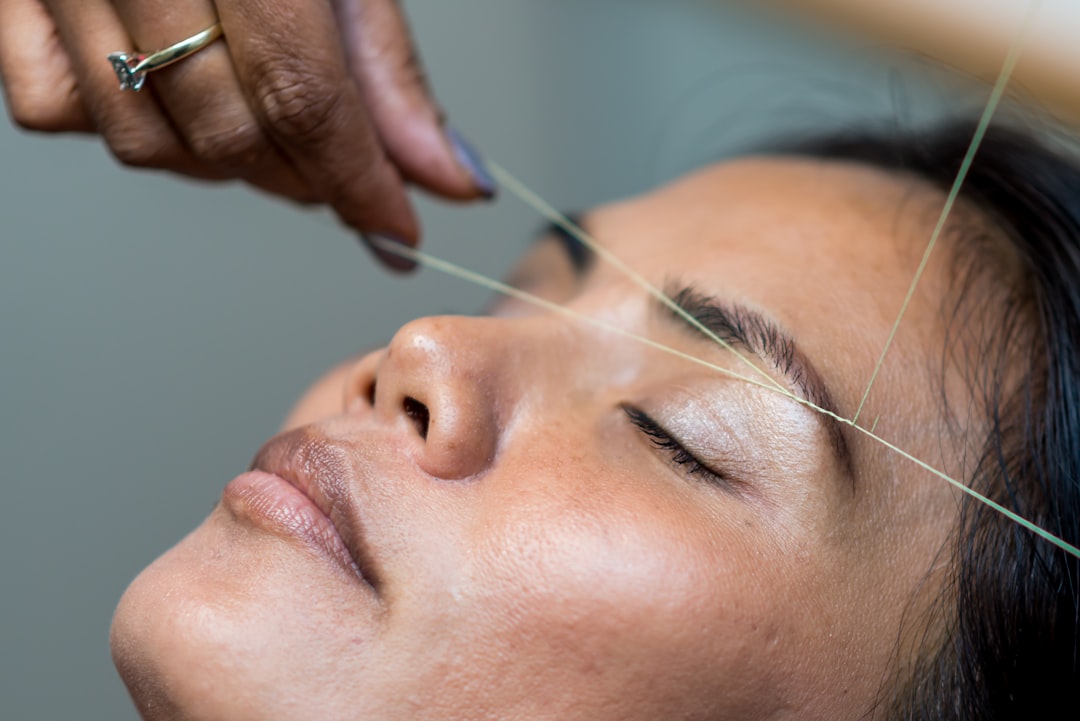
After diving deep into the glittering world of U.S. beauty retail, one thing is crystal clear: Ulta Beauty currently holds the crown as the largest and most influential beauty retailer in the USA. With over 1,385 stores nationwide, a robust online presence, and a loyalty program that keeps customers coming back, Ulta’s blend of prestige and drugstore brands, plus salon services, makes it a powerhouse. Sephora, with its luxe vibe and curated high-end brands, remains a fierce competitor, especially for those who crave a boutique shopping experience.
But remember, the “top” retailer can mean different things depending on what you value most: price range, product variety, shopping experience, or ethical practices. Specialty retailers like Credo Beauty and The Detox Market are carving out their own niches, especially for clean and sustainable beauty lovers. Meanwhile, online giants like Amazon are reshaping how we shop for beauty with convenience and vast selection.
So, whether you’re a makeup artist hunting for the latest cult favorite, a skincare junkie seeking clean beauty, or a casual shopper looking for great deals, the U.S. beauty retail scene has something fabulous for you. And as technology and sustainability continue to evolve, the future of beauty retail promises even more exciting innovations and choices. 💄✨
Ready to explore the best beauty retailers and brands? Let’s keep glowing and growing together!
Recommended Links for Beauty Retail Insights and Trends 🔗💡
👉 Shop Top Beauty Retailers and Brands:
- Ulta Beauty: Amazon | Walmart | Ulta Official Website
- Sephora: Amazon | Sephora Official Website
- Credo Beauty: Credo Official Website
- The Detox Market: Detox Market Official Website
- Amazon Beauty Section: Amazon Beauty
Recommended Books on Beauty Retail and Industry Trends:
- “Beauty Imagined: A History of the Global Beauty Industry” by Geoffrey Jones – Amazon Link
- “The Beauty Industry Survival Guide: A Salon Professional’s Handbook” by Tina Alberino – Amazon Link
- “Cosmetics and Skin: The Science and Practice” by Peter Elsner and Howard I. Maibach – Amazon Link
FAQ: Your Burning Questions About USA’s Top Beauty Retailers Answered ❓💬
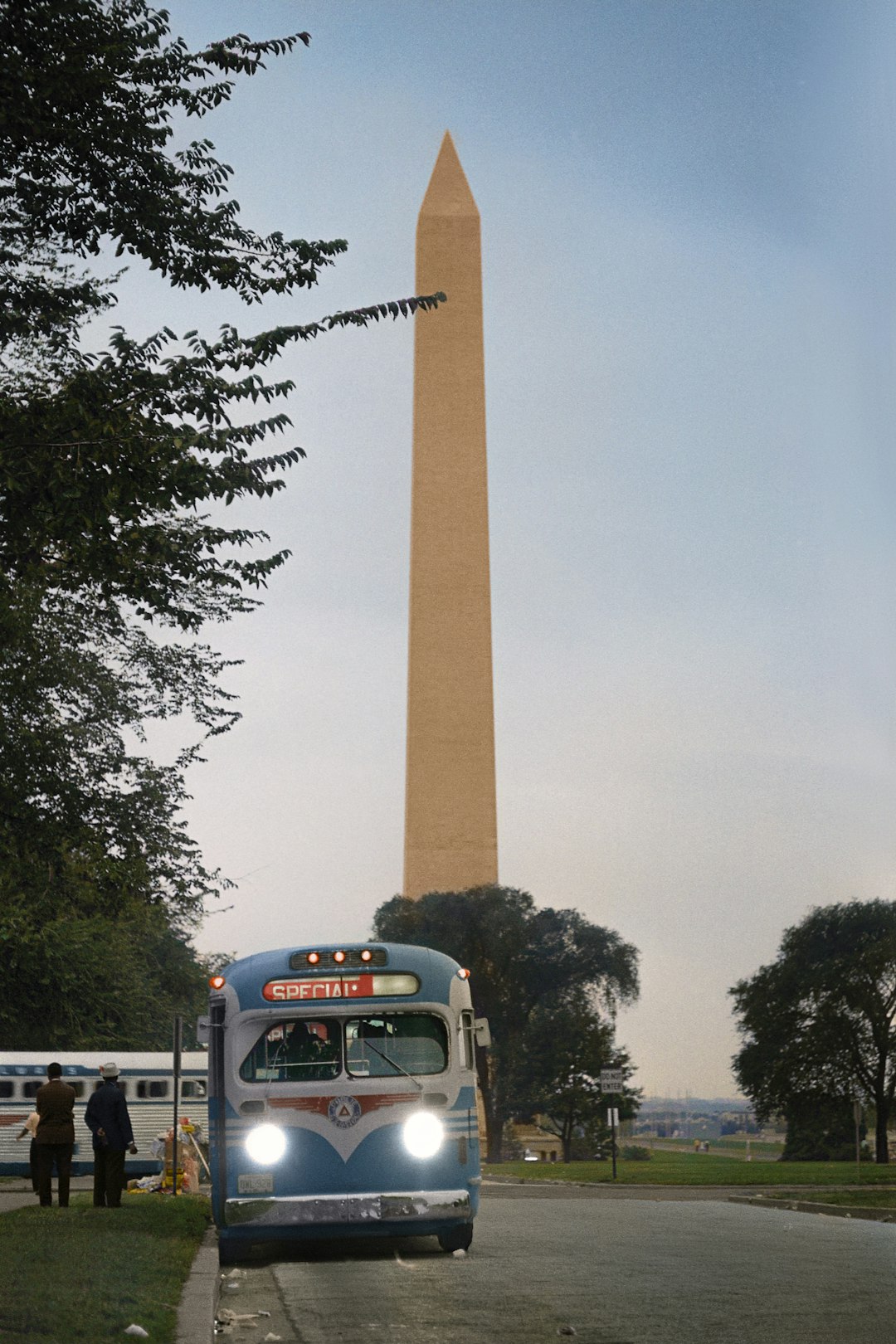
What are the most popular beauty products in the US market?
The U.S. beauty market is dominated by skincare, makeup, and haircare products. Skincare leads the pack, with moisturizers, serums (especially vitamin C and hyaluronic acid), and sunscreens being top sellers. Makeup staples like foundation, mascara, and lipsticks remain perennial favorites. Haircare products such as shampoos, conditioners, and styling tools also command significant sales. Brands like Estée Lauder, MAC Cosmetics, and NYX Professional Makeup are household names. The rise of clean and sustainable beauty has also boosted demand for natural and organic products.
Read more about “Which Makeup Brand Was Most Popular in USA? Top 25 Revealed! 💄 (2025)”
How do online beauty retailers compare to physical stores in terms of sales?
Online beauty retail has seen explosive growth, especially post-pandemic, with consumers appreciating the convenience, wider selection, and often better pricing. According to Statista, online sales now account for a significant and growing portion of the beauty market. However, physical stores still play a vital role for customers who want to test products, enjoy personalized consultations, or receive salon services. The best retailers blend both channels seamlessly through omnichannel strategies like buy-online-pickup-in-store (BOPIS).
What are the top cosmetic brands sold by major beauty retailers in the USA?
Major retailers like Ulta and Sephora stock a mix of prestige and mass-market brands. Top brands include:
- Sephora: Fenty Beauty, Dior, Huda Beauty, Tarte, and Sephora Collection.
- Ulta Beauty: Urban Decay, Benefit Cosmetics, NYX Professional Makeup, Maybelline, and L’Oréal.
- Specialty retailers: Credo Beauty features clean brands like RMS Beauty and Ilia.
These brands are favored for their quality, innovation, and strong consumer followings.
Which beauty retailers offer the best loyalty programs and discounts for frequent customers?
Ulta Beauty’s Ultamate Rewards program is widely praised for its generous points system, frequent bonus point events, and birthday gifts. Sephora’s Beauty Insider program is also popular, offering tiered rewards and exclusive access to products and events. Both programs encourage repeat purchases and foster strong customer loyalty. Drugstore chains like CVS and Walgreens also have loyalty programs with discounts and coupons but tend to focus more on pharmacy and household products alongside beauty.
How important is sustainability in choosing a beauty retailer?
Sustainability is rapidly becoming a deciding factor for many beauty consumers. Retailers that prioritize eco-friendly packaging, cruelty-free products, and ethical sourcing are gaining favor. Specialty retailers like Credo Beauty and The Detox Market lead the way in clean beauty, while giants like Sephora and Ulta are expanding their sustainable product offerings and transparency initiatives. Consumers increasingly expect retailers to communicate their sustainability efforts clearly and authentically.
Reference Links: Trusted Sources Behind Our Analysis 📚🔍
- Ulta Beauty Investor Relations – Official financial and company data
- Statista: Top Online Beauty Stores in the U.S. – Market research and sales data
- Inven.ai: Top 25 Cosmetic and Beauty Product Stores Companies – Comprehensive industry overview
- Sephora Official Website
- Ulta Beauty Official Website
- Credo Beauty Official Website
- The Detox Market Official Website
Explore more about the Cosmetics Industry and Beauty Brands on Makeup Brands™ for insider tips and trends!

